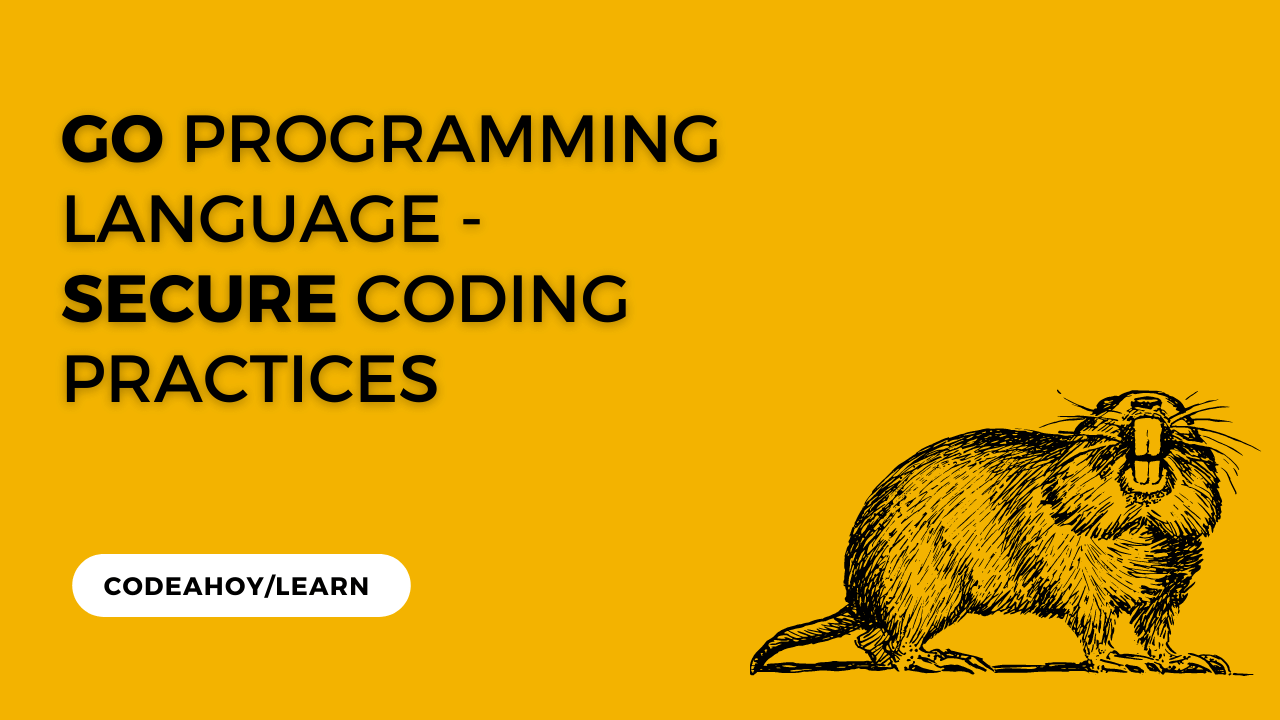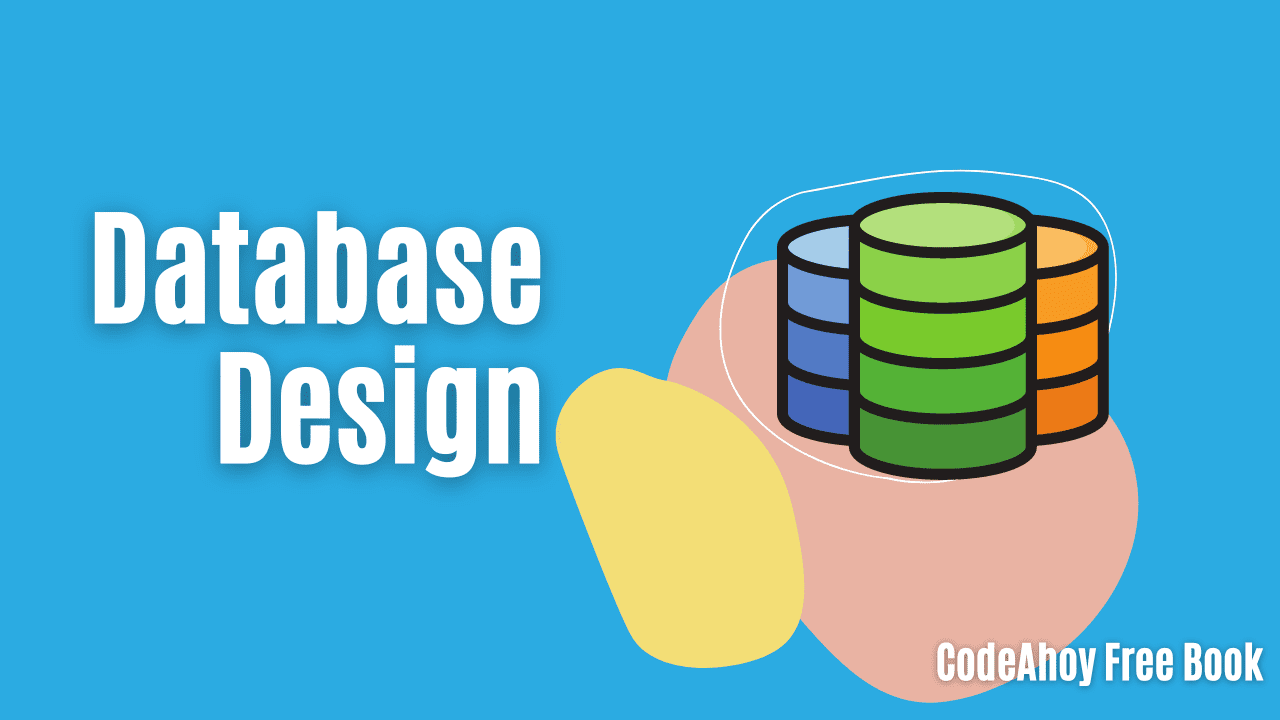Books / Go database/sql Tutorial / Chapter 5
Modifying Data and Using Transactions
Now we’re ready to see how to modify data and work with transactions. The distinction might seem artificial if you’re used to programming languages that use a “statement” object for fetching rows as well as updating data, but in Go, there’s an important reason for the difference.
Statements that Modify Data
Use Exec(), preferably with a prepared statement, to accomplish an INSERT,
UPDATE, DELETE, or another statement that doesn’t return rows. The following
example shows how to insert a row and inspect metadata about the operation:
stmt, err := db.Prepare("INSERT INTO users(name) VALUES(?)")
if err != nil {
log.Fatal(err)
}
res, err := stmt.Exec("Dolly")
if err != nil {
log.Fatal(err)
}
lastId, err := res.LastInsertId()
if err != nil {
log.Fatal(err)
}
rowCnt, err := res.RowsAffected()
if err != nil {
log.Fatal(err)
}
log.Printf("ID = %d, affected = %d\n", lastId, rowCnt)
Executing the statement produces a sql.Result that gives access to statement
metadata: the last inserted ID and the number of rows affected.
What if you don’t care about the result? What if you just want to execute a statement and check if there were any errors, but ignore the result? Wouldn’t the following two statements do the same thing?
_, err := db.Exec("DELETE FROM users") // OK
_, err := db.Query("DELETE FROM users") // BAD
The answer is no. They do not do the same thing, and you should never use
Query() like this. The Query() will return a sql.Rows, which reserves a
database connection until the sql.Rows is closed.
Since there might be unread data (e.g. more data rows), the connection can not
be used. In the example above, the connection will never be released again.
The garbage collector will eventually close the underlying net.Conn for you,
but this might take a long time. Moreover the database/sql package keeps
tracking the connection in its pool, hoping that you release it at some point,
so that the connection can be used again.
This anti-pattern is therefore a good way to run out of resources (too many
connections, for example).
Working with Transactions
In Go, a transaction is essentially an object that reserves a connection to the datastore. It lets you do all of the operations we’ve seen thus far, but guarantees that they’ll be executed on the same connection.
You begin a transaction with a call to db.Begin(), and close it with a
Commit() or Rollback() method on the resulting Tx variable. Under the
covers, the Tx gets a connection from the pool, and reserves it for use only
with that transaction. The methods on the Tx map one-for-one to methods you
can call on the database itself, such as Query() and so forth.
Prepared statements that are created in a transaction are bound exclusively to that transaction. See prepared statements for more.
You should not mingle the use of transaction-related functions such as Begin()
and Commit() with SQL statements such as BEGIN and COMMIT in your SQL
code. Bad things might result:
- The
Txobjects could remain open, reserving a connection from the pool and not returning it. - The state of the database could get out of sync with the state of the Go variables representing it.
- You could believe you’re executing queries on a single connection, inside of a transaction, when in reality Go has created several connections for you invisibly and some statements aren’t part of the transaction.
While you are working inside a transaction you should be careful not to make
calls to the db variable. Make all of your calls to the Tx variable that you
created with db.Begin(). db is not in a transaction, only the Tx object is.
If you make further calls to db.Exec() or similar, those will happen outside
the scope of your transaction, on other connections.
If you need to work with multiple statements that modify connection state, you
need a Tx even if you don’t want a transaction per se. For example:
- Creating temporary tables, which are only visible to one connection.
- Setting variables, such as MySQL’s
SET @var := somevaluesyntax. - Changing connection options, such as character sets or timeouts.
If you need to do any of these things, you need to bind your activity to a
single connection, and the only way to do that in Go is to use a Tx.




